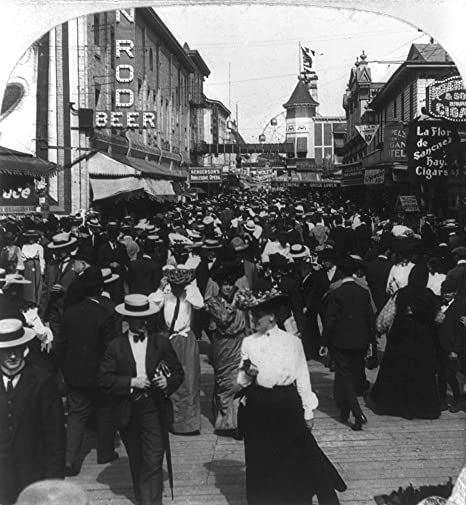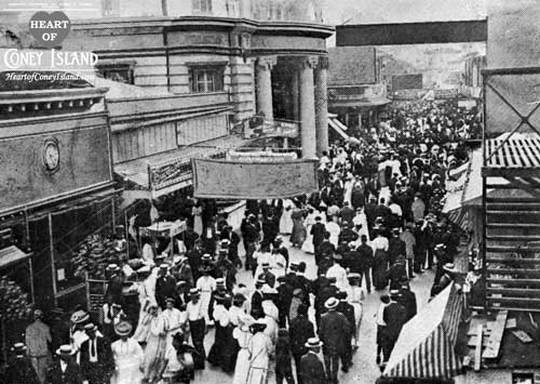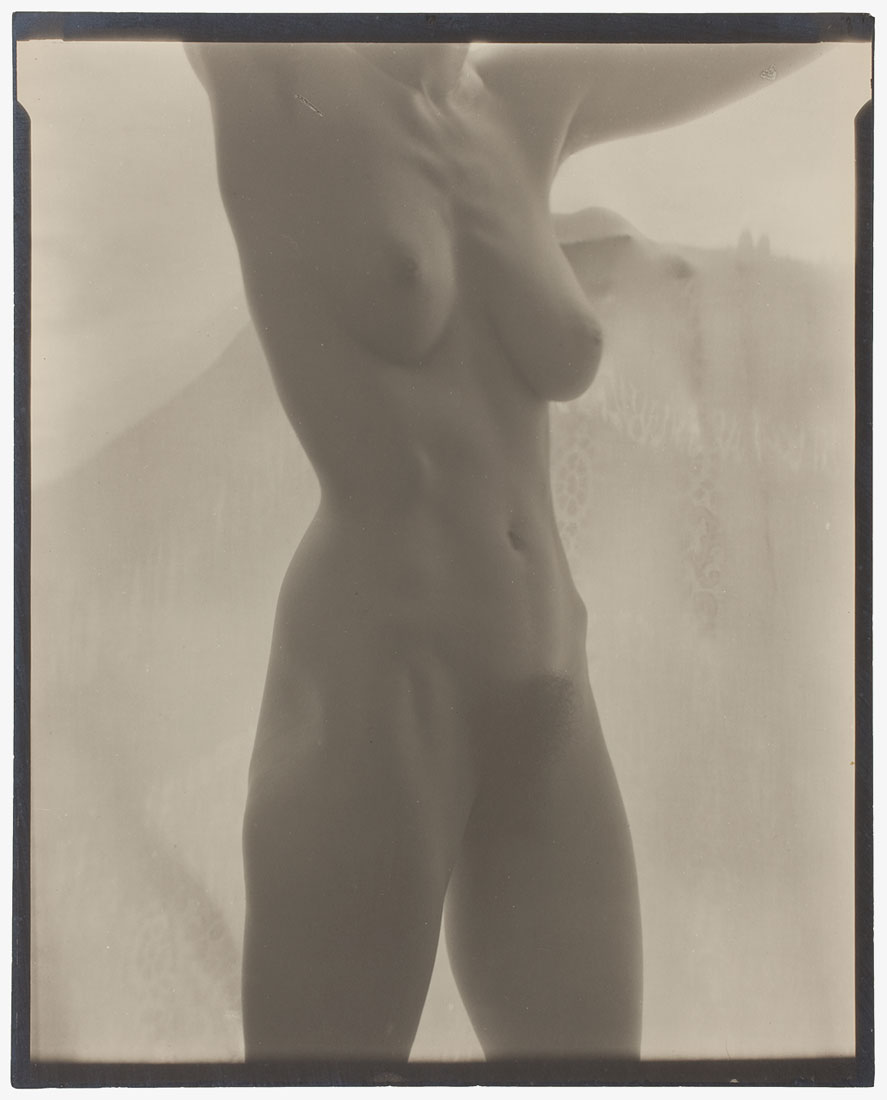
I just came across this love letter between two 12th-century nuns. It's hauntingly beautiful.
"To C, sweeter than honey, B sends all the love there is to her love. You who are unique and special, why do you make delay so long, so far away?"
_
Thread.
"To C, sweeter than honey, B sends all the love there is to her love. You who are unique and special, why do you make delay so long, so far away?"
_
Thread.

"Why do you want your only one to die, who as you know, loves you with soul and body, who sighs for you at every hour, at every moment, like a hungry little bird.
Since I’ve had to be without your sweetest presence, I have not wished to hear or see any other human being...
Since I’ve had to be without your sweetest presence, I have not wished to hear or see any other human being...
... but as the turtle-dove, having lost its mate, perches forever on its little dried up branch, so I lament endlessly till I shall enjoy your trust again. I look about and do not find my lover — she does not comfort me even with a single word.
Indeed when I reflect on the loveliness of your most joyful speech and aspect, I am utterly depressed, for I find nothing now that I could compare with your love, sweet beyond honey and honeycomb, compared with which the brightness of gold and silver is tarnished.
What more?
What more?
In you is all gentleness, all perfection, so my spirit languishes perpetually by your absence. You are devoid of the gall of any faithlessness, you are sweeter than milk and honey, you are peerless among thousands, I love you more than any.
You alone are my love and longing, you the sweet cooling of my mind, no joy for me anywhere without you. All that was delightful with you is wearisome and heavy without you.
So I truly do want to tell you, if I could buy your life for the price of mine...
So I truly do want to tell you, if I could buy your life for the price of mine...
... [I’d do it] instantly, for you are the only woman I have chosen according to my heart. Therefore I beseech God that bitter death may not come to me before I enjoy the dearly desired sight of you again.
Farewell. Have of me all the faith and love there is. Accept the writing I send, and with it my constant mind."
Translated by Peter Dronke, Medieval Latin and the Rise of the European Love-Lyric, II. 479.
• • •
Missing some Tweet in this thread? You can try to
force a refresh






















